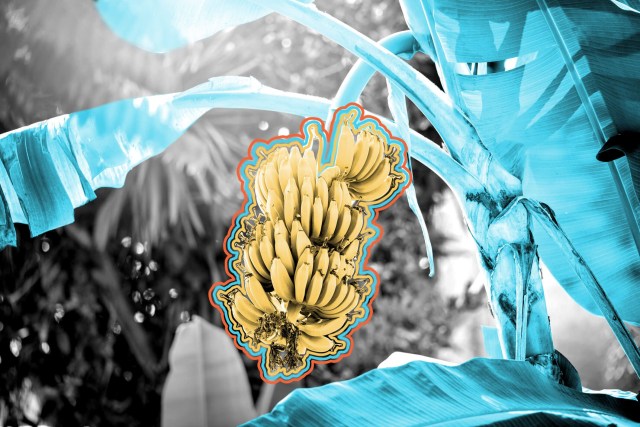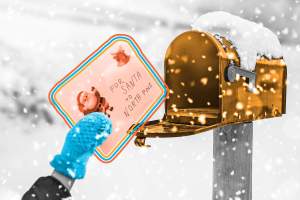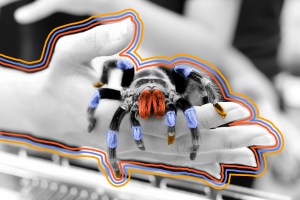
Numbers Don't Lie

On the West Coast, the Banana Slugs are the athletic teams at the University of ______.

Ready to reveal?
Confirm your email to play the next question?

On the West Coast, the Banana Slugs are the athletic teams at the University of California, Santa Cruz.

There’s an “Edible Park” in Asheville, North Carolina.
Named for the esteemed botanist and inventor, the Dr. George Washington Carver Edible Park debuted in 1997. Also known as the East End neighborhood’s food forest, the park supports more than 40 kinds of fruit and nut trees, including apple, grape, fig, jujube, peach, pear, plum, and paw paw (the largest edible fruit tree native to North America). Visitors are encouraged to pick whatever they like, and can also enjoy a vegetable garden, butterfly garden, and boardwalk. Much of the park maintenance is handled by volunteers from a nonprofit called Bountiful Cities, who advise guests to remember the neediest populations and not take more than they need. The park was the site of the United States’ first public food forest — and the start of a growing (pun intended) trend. Nationwide, in cities such as Atlanta and Philadelphia, more than 70 food forests aim to combat food insecurity while teaching people how to live sustainably.
















